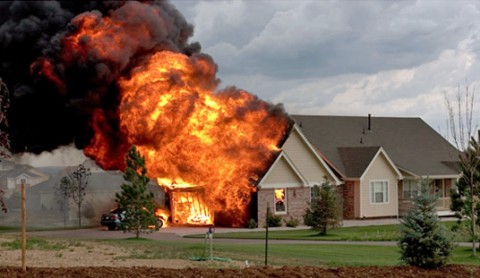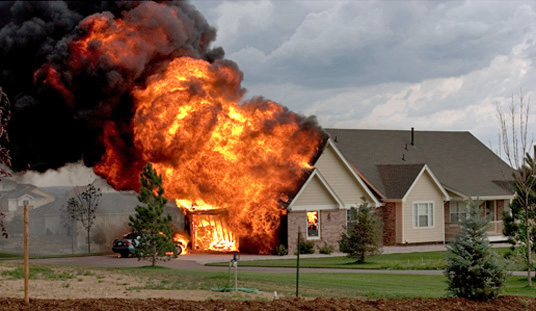 Nashville, TN – The Tennessee State Fire Marshal’s Office is reminding parents and caregivers of the necessity of fire safety education following an analysis of Tennessee fire data that revealed an uptick of child fire fatalities during the summer months of June and July.
Nashville, TN – The Tennessee State Fire Marshal’s Office is reminding parents and caregivers of the necessity of fire safety education following an analysis of Tennessee fire data that revealed an uptick of child fire fatalities during the summer months of June and July.
Data from the Tennessee Fire Incident Reporting System shows that since 2010 there is an observed increase in fire fatalities and multiple fatality incidents involving children under 17 in the months of June and July.
Twenty-five percent of all Tennessee house-fire victims under the age of 17 died in fires in June and July.

“School may be out, but fire safety isn’t,” State Fire Marshal and Commerce & Insurance Commissioner Julie Mix McPeak said. “For many parents, the summer months mean children are at home with teenage siblings or babysitters. Care must be taken to both prevent and prepare for fire emergencies. We are urging parents and guardians to sit down with their children to discuss and practice how to escape the home should a fire occur.”
The SFMO encourages Tennesseans to create a home fire escape plan with a designated outside meeting place and practice the plan at least twice a year with everyone who lives in the home.
“Practice is important, especially for children,” said McPeak. “Many fatal fires often begin while we are sleeping, so be sure to practice your plan both at night and during the day.”
The State Fire Marshal’s Office offers the following additional tips on home fire escape planning:
Plan Your Escape
- Draw a floor plan of your home, marking two ways out of every room.
- Agree on an outside meeting place (something permanent, like a tree, light pole, or mailbox) a safe distance from the home where everyone should gather in an emergency.
- Practice your home fire drill at night and during the day with everyone in your home, twice a year. Practice using different ways out.
Be Prepared
- Install smoke alarms inside and outside every sleeping area and on every level of your home.
- Test your smoke alarms monthly and change the batteries at least once a year. Replace your smoke alarms every 10 years.
- Ensure everyone in the household knows the sound of the smoke alarm and what it signifies.
- Ensure everyone in the household can unlock and open all doors and windows, even in the dark.
- If a room has a window air conditioner, make sure there is still a second way out of the room. Windows with security bars, grills, and window guards should have emergency release devices. Make sure you can operate these.
- Children, older adults, and people with disabilities may need assistance to wake up and get out. Make sure that someone will help them.
- Teach your children how to escape on their own in case you cannot help them.
Get Out
- If the smoke alarm sounds or fire is discovered in your home, get out fast. Close doors behind you as you leave to help stop the spread of the fire.
- Doors need to be tested before opening them. Use the back of your hand to see if the door is warm. If it is, use another escape route.
- If you have to escape through smoke, get low and go under the smoke to your way out.
- If you are trapped, close all doors between you and the fire. Stuff the cracks around the doors with clothes or towels to keep out smoke.
- Call the fire department, wait at a window and signal for help with a light-colored cloth or a flashlight.
Stay Out
- Once you are out, stay out. Don’t go back inside for any reason.
- Call the fire department from your safe outside meeting place.
- If people or pets are trapped, notify the fire department and let them handle the rescue efforts.
To help create your home’s escape plan, print the State Fire Marshal’s home fire safety checklist and escape grid. Tennesseans in need of a smoke alarm can also utilize the SFMO’s online alarm request form.



